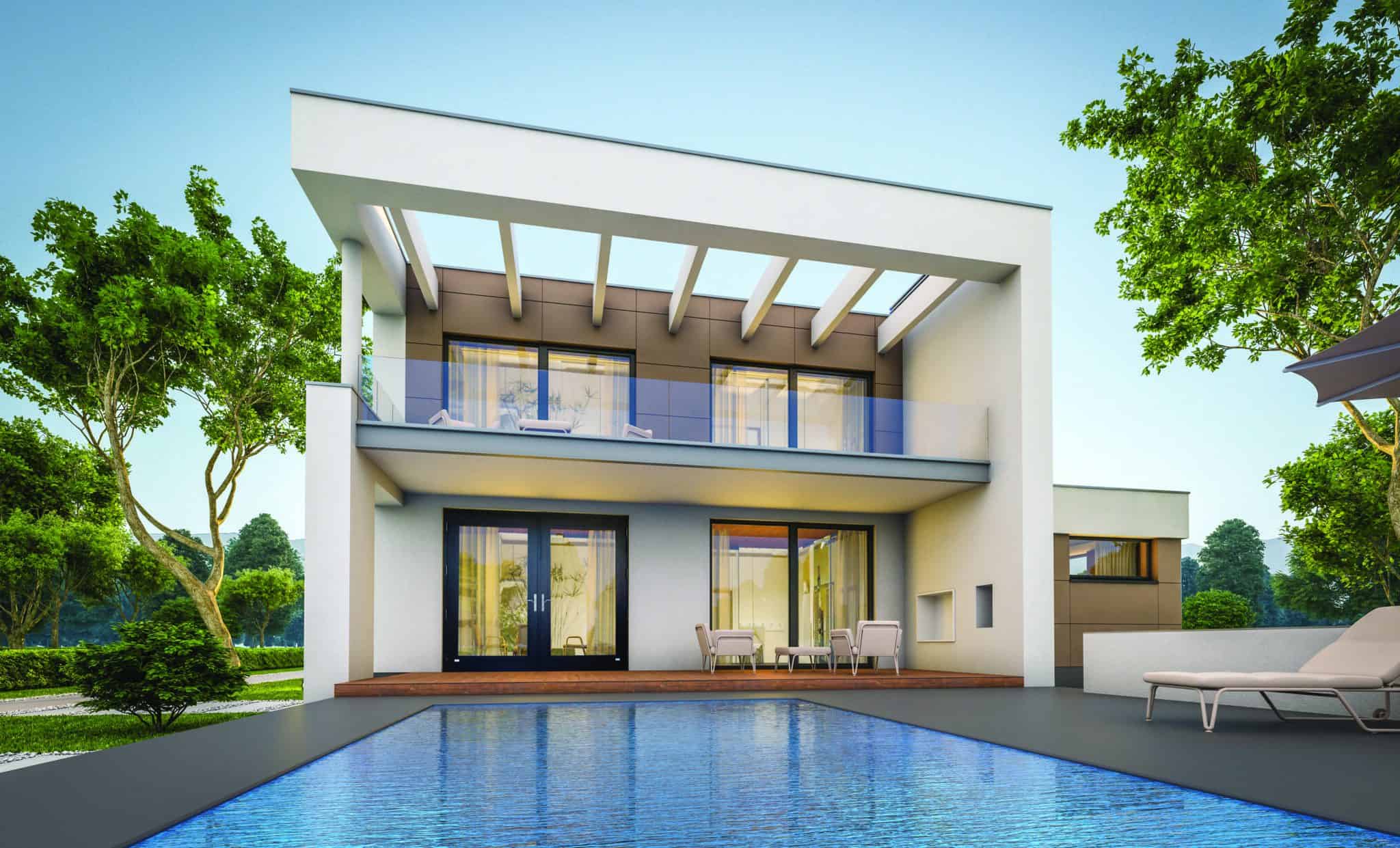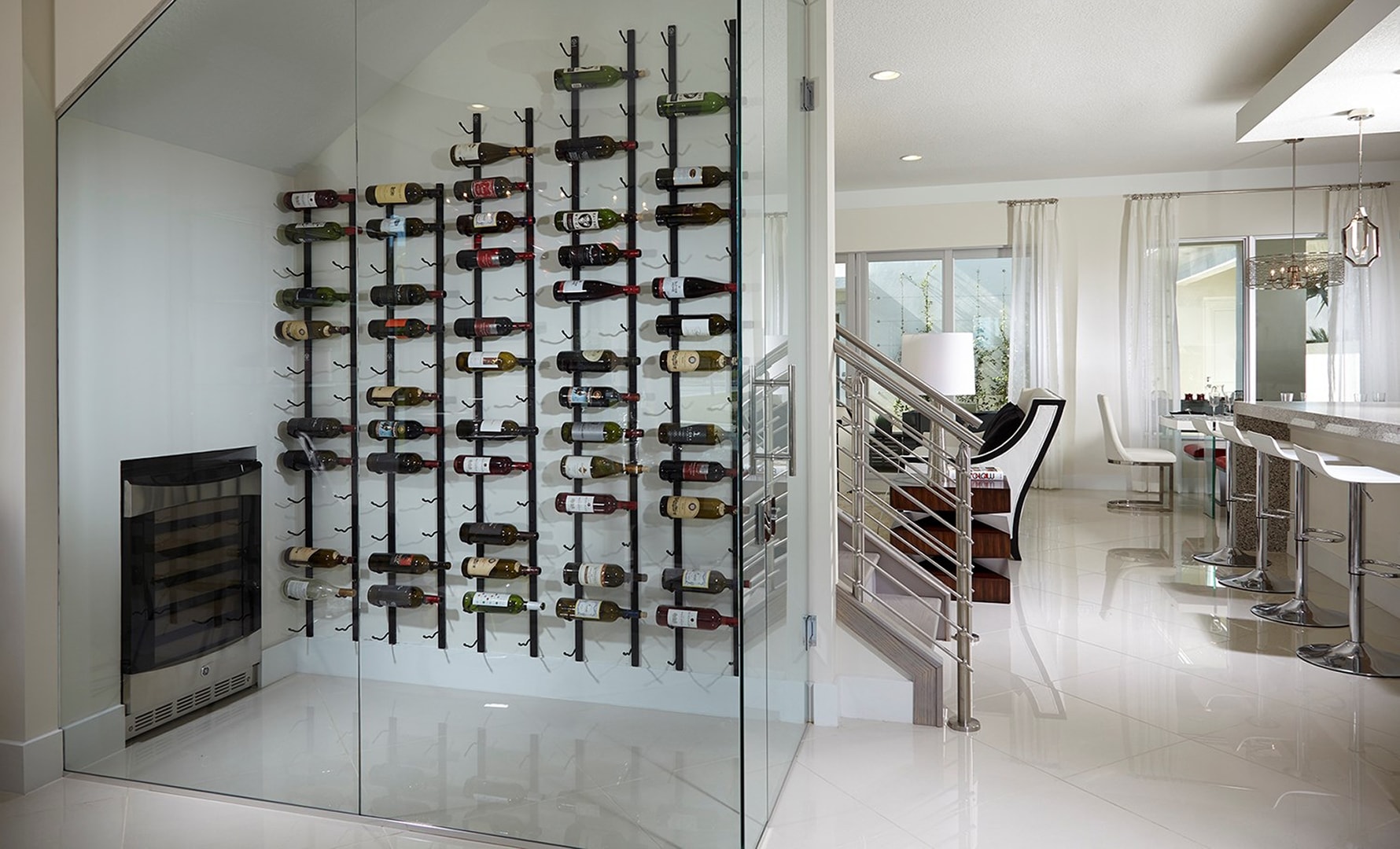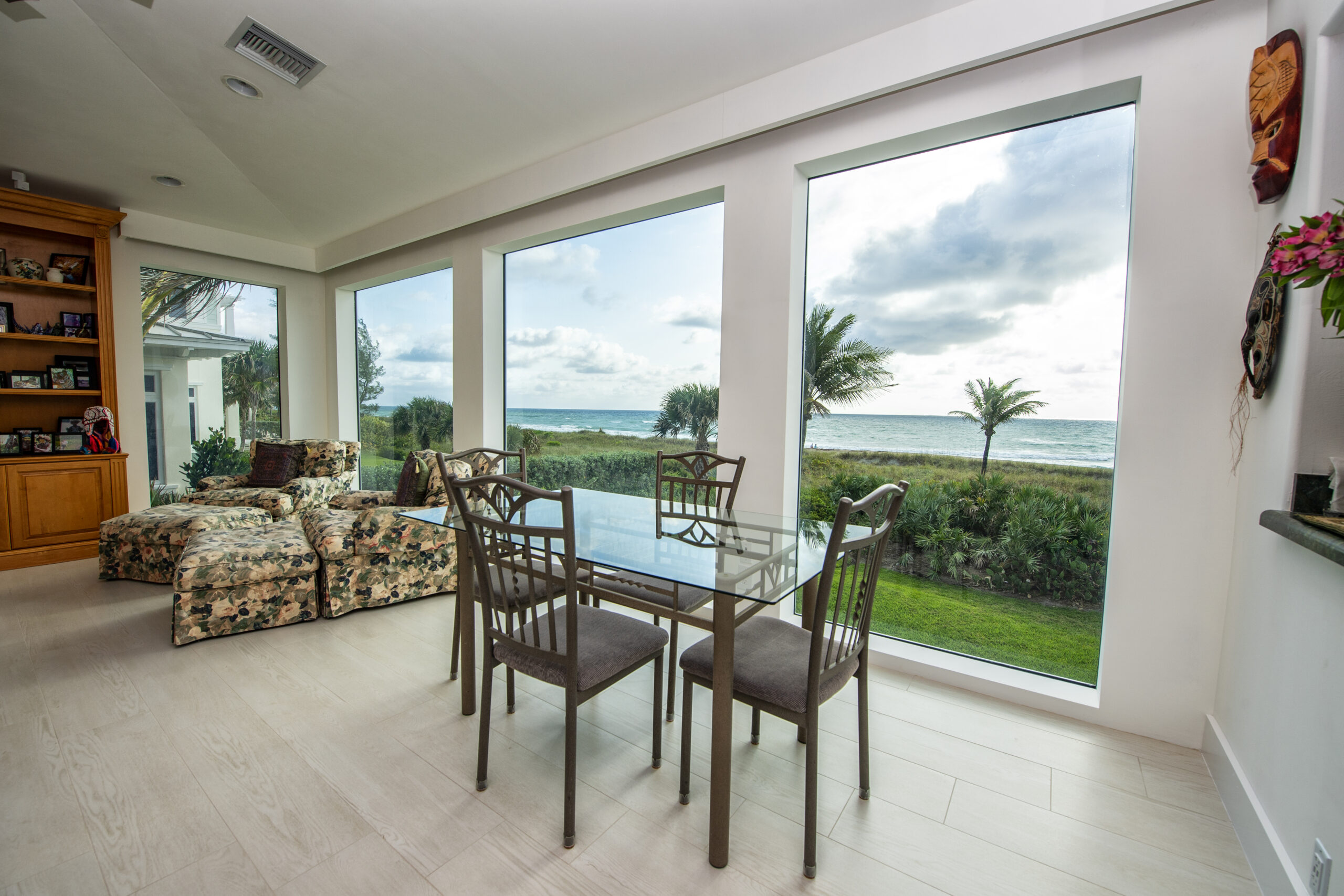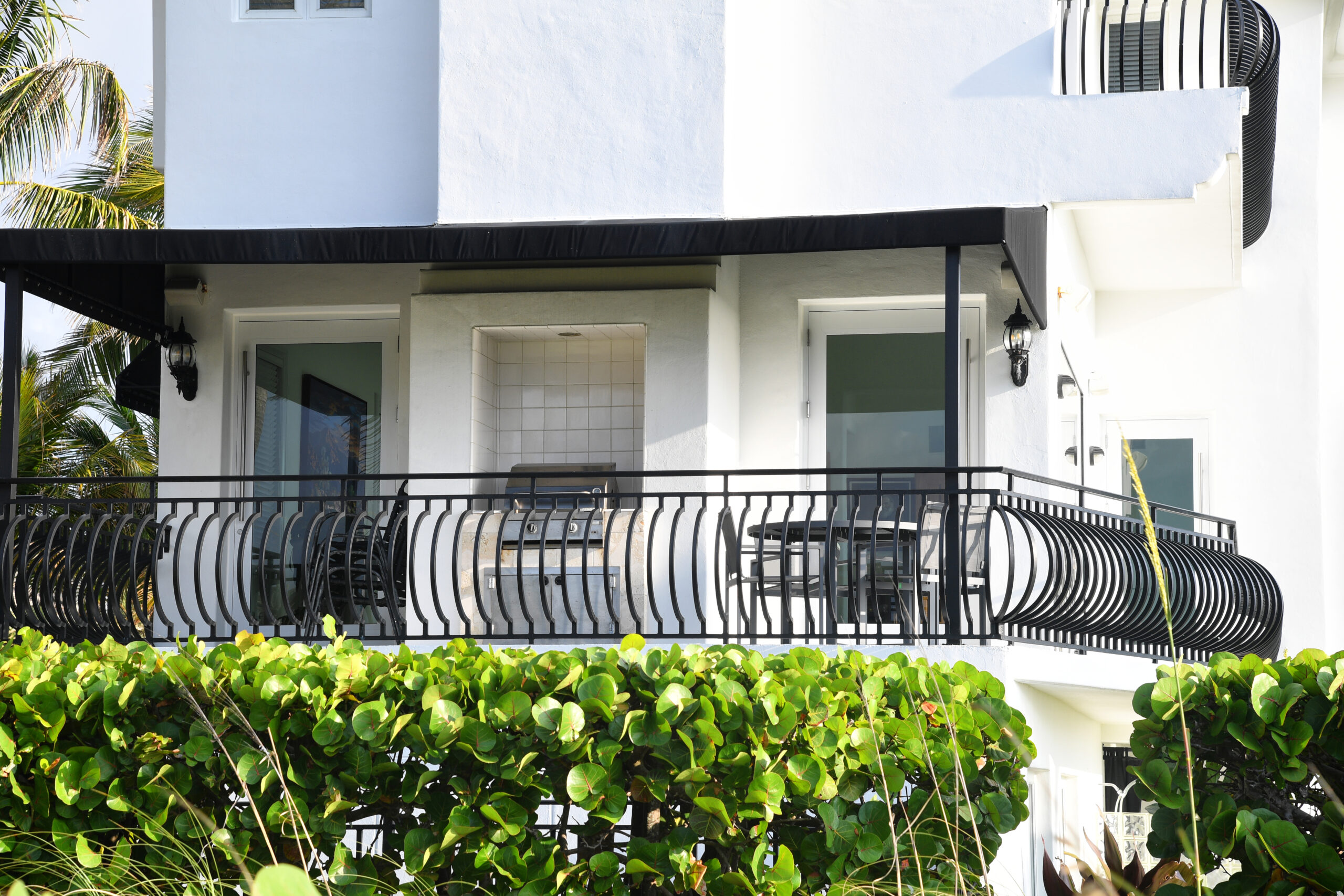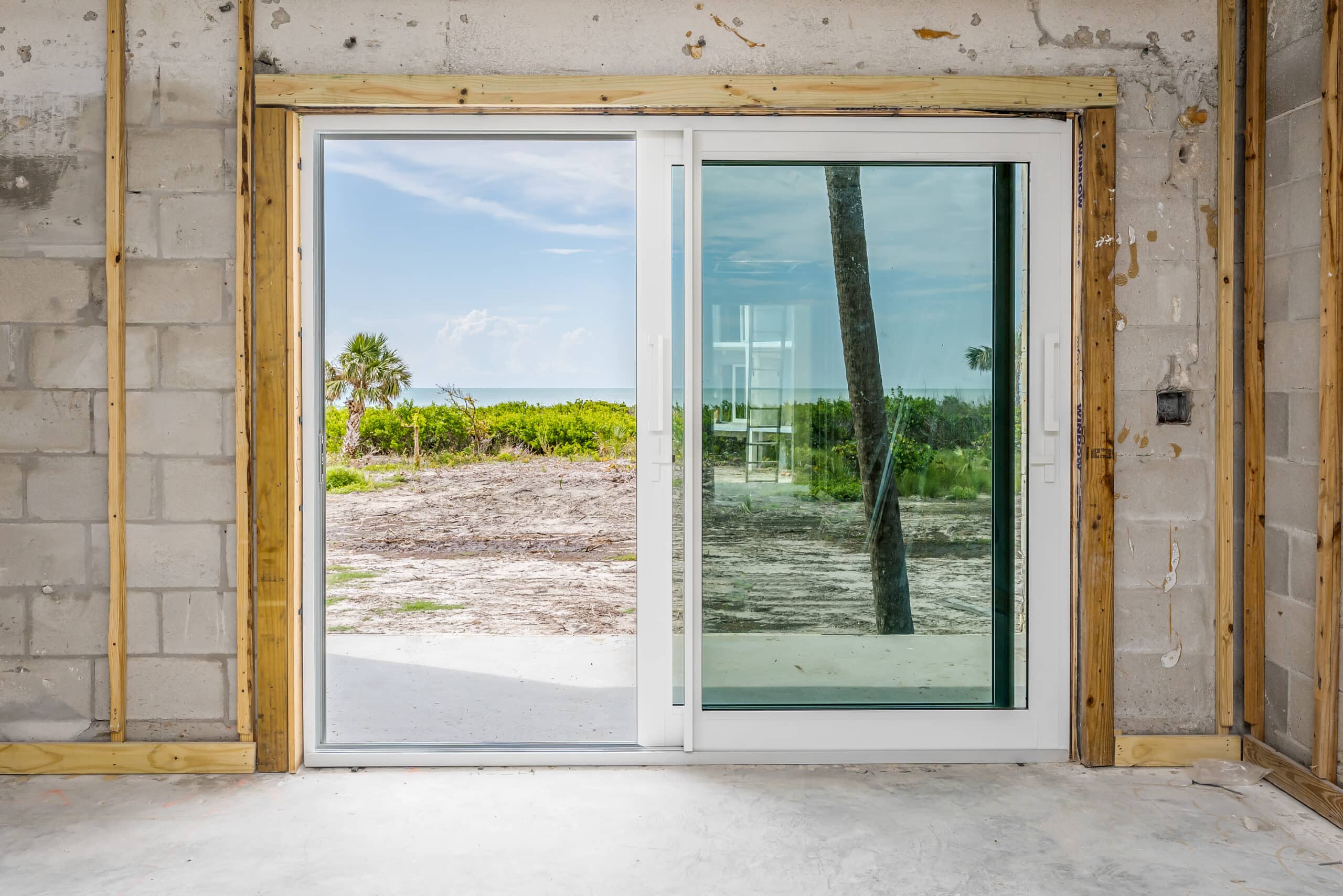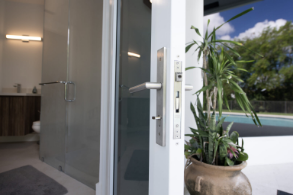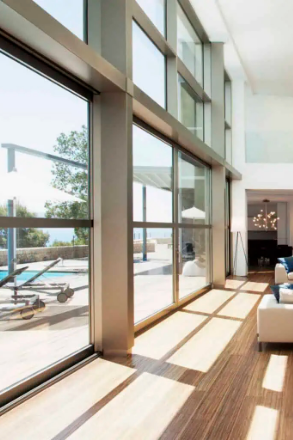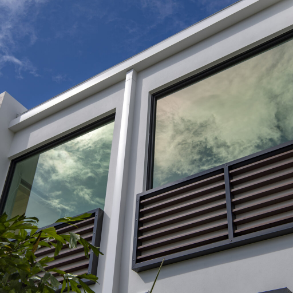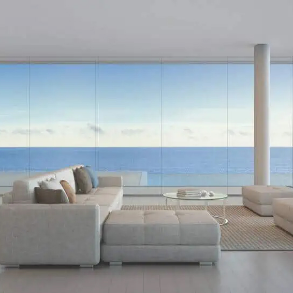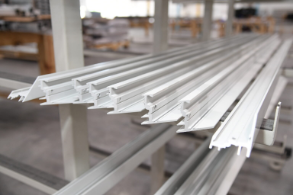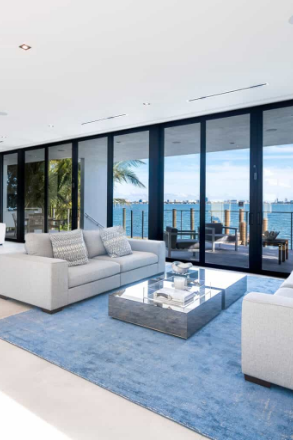Residential Construction on the Gulf and East Coast: Preparing for Hurricanes
Responsible homeowners anticipate hurricane season every year and prepare themselves, specifically their homes’ windows, doors and roofs for the impending weather damage. Following Hurricane Andrew in Florida, building codes have changed to require greater hurricane preparedness to mitigate storm damage.
Every year coastal construction tends to ramp up leading up to June 1st, which marks the official beginning of hurricane season. The Gulf and East coasts can anticipate more than ten storms each year, of varying degrees of severity. Homeowners in coastal communities must either fortify or build their homes to resist the wind and debris associated with these destructive weather systems.
Understanding What Storm Resiliency Means for Residential Construction
When we talk about storm resilience, we’re referring to the technology and building choices made for homes to withstand the test of weather damage. With climate change, the severity of storms is increasing year over year, and contractors are recommending long-term, proactive solutions for weather-proofing their residential coastal construction projects.
Topping home’s lists for storm vulnerability are windows and glass and much of the latest glass technology is focused in storm resiliency and for good reason. While impact-proof glass is only one aspect of ensuring a home is storm resilient, we’re going to explore your choices for weather glass protection so you can choose the right product for your risk.
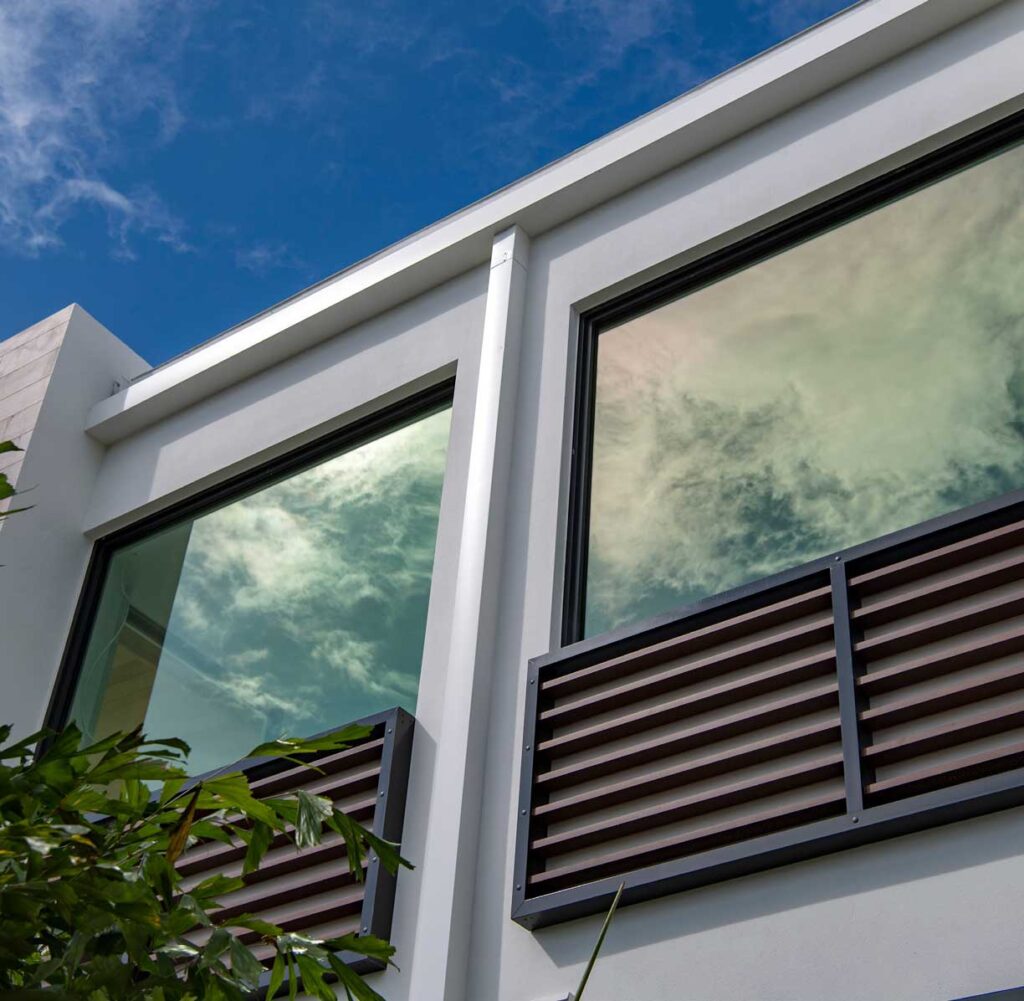
How Do I Protect Windows During Hurricane Season?
When it comes to protecting a home against the force and impact of hurricane conditions, there are a variety of options available. These options include: impact-resistant glass, window shutters, temporary plywood and window films or other adhesives.
Impact-Resistant Glass for Windows and Doors
Impact glass takes the headache out of getting ready for a storm – instead, you’re always prepared. For homeowners, the technology in impact-proof glass proves to be remarkably resilient to the face of the storm. Designed specifically to resist the atmospheric pressure, direct impact from debris, and the straight-line winds straight off the ocean, these windows and doors pay off before and after the storm.
Window Shutters or Temporary Plywood
Unwieldy and inconvenient, wooden protection for glass in the form of shutters or plywood to block flying debris from shattering windows and doors is an option for temporarily weather-proofing a home. However, these options require a substantial amount of manpower both in preparation for the storm and clean up after the storm has passed compared to other options.
Using Window Films or Other Adhesive Options in Storms
Window films can also help prevent the shattering of glass on impact in the event of strong hurricane winds or debris. While the glass will still sustain damage on impact and require replacement, it is work as a relatively inexpensive and temporary option for many homeowners. Window films and adhesives offer another option to mitigate storm damage to your coastal construction.
Choosing the Right Impact Glass for Your Coastal Construction Project
types of impact glass
There are two primary types of impact-resistant glass: laminated and insulated laminated. Laminated glass is fabricated by fusing a thin plastic film between two sheets of glass. It is a very popular form of glass used for hurricane-proof windows and doors. Insulated laminated, on the other hand, also offer the added benefit of energy preservation, with an air pocket sealed between the layers of glass acting as a climate buffer.
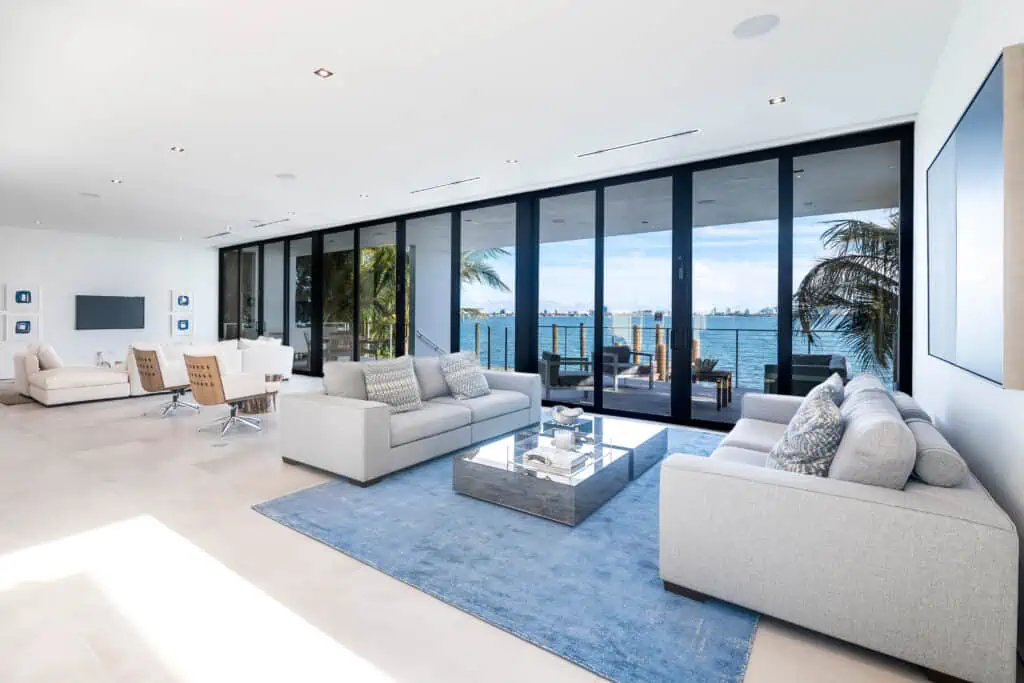
Investing in the Future with Durability and Resiliency
While not a complete guarantee, impact glass windows and doors offer homeowners peace of mind the in the face of hurricanes. An investment in the short term, the long-term benefits of choosing laminated glass to improve your home’s storm resiliency are striking. As climate change continues to intensify the severity of our hurricane seasons, homeowners have options when it comes to fortifying their primary asset against Mother Nature’s angry impact year after year.
Partner with VistaView for your next project
We’re ready to finish your home’s dream look with luxury hardware. Connect with VistaView experts to find superb solutions.

